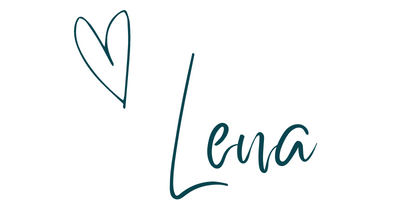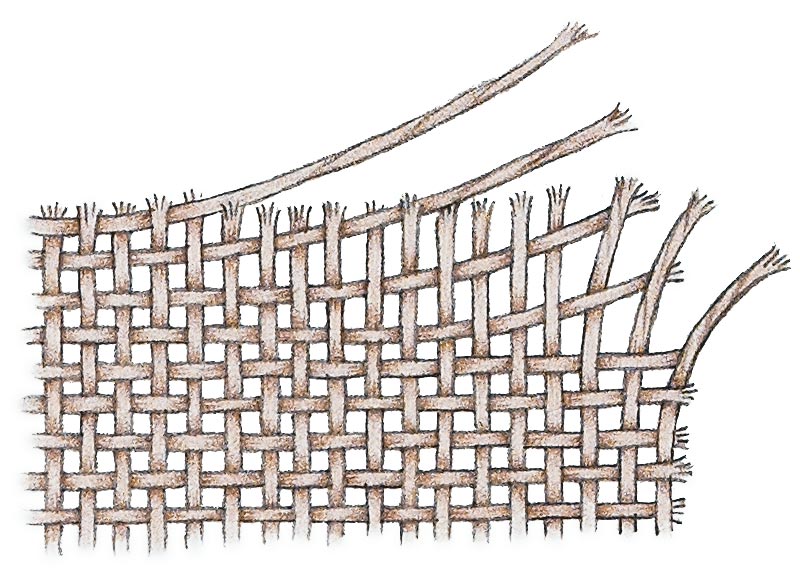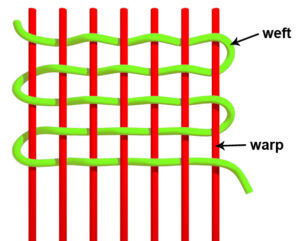When I first started sewing I was overwhelmed by the amount of fabric and the different types of fabric that were available. Fabric construction matters? Why? Fabric is fabric, right?
I had no idea where to start, what all the different types were, what the difference was between woven and knit and why selecting the right fabric for my project was so important.
I am hoping this blog post will help all of you beginners out there who are equally as confused as I was.
There are two components that make up the fabric:
- Construction
- Content
I recently listened to a podcast episode by Helen Wilkinson and Caroline Somos from “Love to Sew” – One of my favorite sewing related podcasts.
Click on this link to check out ‘Love to Sew’ Love To Sew Podcast – A sewing podcast for makers where we talk about sewing a handmade wardrobe.
Helen and Caroline described the construction of fabric as being the ‘recipe’ and the content of the fabric as being the ‘ingredients’ – I think this is a great analogy.
So let’s discuss the construction of fabric today.
There are three kinds:
- Woven
- Knit
- Non-Woven
Woven fabric
Let’s first discuss woven fabrics which I tend to use the most frequently. It also seems to be the most common fabric you are able to find. The way this fabric is made is by weaving threads together.
The ‘warp yarn’ is the yarn that goes along the grain (vertical); while ‘weft yarn’ is the one that goes across (horizontal) and weaves through the warp yarn.
Plain weave fabric (as picture above) makes up around 80% of woven fabric production worldwide; it is simply ‘over-under weave’. In addition to plain weave there are also other woven fabrics such as sateen weave or twill weave such as denim, jacquard weave, crepe, etc. which are constructed slightly different.
Every type of weave will have its own characteristics it will lend to the fabric. For instance plain weave is hardwearing and stable, twill weave is sturdier again and tends to be more durable and a sateen weave is shiny and a little more delicate.
Knit fabrics
These are the stretchy fabrics you can find.
Note: Woven fabrics may also be stretchy if the fibre content includes a fibre that is stretchy, such as spandex. On the other hand, a knit fabric does not require extra spandex content. Knit fabric is ALWAYS going to be stretchy due to the nature of the construction on the fabric.
The fibres are looped together rather than woven – stretch is built into the weave of the fabric.
Non-woven fabrics
Lastly Then you can also find non-woven fabrics, neither woven nor knitted. Non-woven fabric can be cut in any direction and will not fray. Felt or synthetic leather are examples of non-woven fabrics. These fabrics are created the ‘traditional’ way by simply placing fibres together and then using heat, chemicals or pressure to combine them. Obviously the whole process is a lot more complex than this. I hope this nevertheless gives you an idea of the difference between the construction of non-wovens compared to the construction of wovens and knits.
To be continued….
Each of these types of constructed fabric can be made up of different fibre content, aka ingredients, which I will touch on in my next blog post.
Let me know if this little info post was helpful.
Now the best thing to do is to go to your nearest fabric store and just have a play with all the different fabrics. In some cases you might even be able to see the construction of the fabric if you look closely.
See you on my next post 🙂






